

A versatile, moisture-resistant, thermoplastic flexible plastic for a wide variety of clinical and industrial applications, Parafilm M® film has been used with confidence for years in scientific research and laboratory settings. It is a proven fast, economical covering or stopper for test tubes, beakers, vials, petri dishes, flasks and various instruments and objects with irregular surfaces. It is an ideal shelf or tray liner to prevent slipping of bottles or instruments. It is odorless and semi-transparent. In laboratories, Parafilm M® sheet is a thermoplastic, self-sealing film that holds moisture loss to a minimum and offers excellent barrier protection to the contents of tubes, flasks, culture tubes, etc…
Parafilm
Parafilm – A ubiquitous laboratory staple with an interesting array of uses
Chances are anyone who has spent time in a laboratory environment has encountered Parafilm. The tough, stretchy, waxy, plastic wrap has many common uses and is a necessary fixture in a wide range of laboratory settings. Parafilm also has many lesser known uses, making it not just an ordinary laboratory helper but a product with a diverse resume of responsibilities.
Parafilm is a paraffin plastic film which typically comes in rolls with square demarcations printed on a paper backing. It’s most commonly used for sealing and protecting vessels such as test tubes, flasks, cuvettes, and other lab containers. It is a ductile, malleable, waterproof, odorless, translucent, and cohesive thermoplastic, making is extremely versatile under a number of conditions.
Beyond the typical lab applications, additional uses have taken advantage most notably of the hydrophobic nature of the film. For instance, beads of aqueous liquid can be “dotted” on the surface, thereby making those samples easier to load into electrophoresis gels and other devices. In fact any technique involving microliter volumes of aqueous solution can theoretically be performed using Parafilm. Of course there are notable exceptions such as Polymerase Chain Reaction (PCR), which require sterile conditions to prevent the risk of contamination.
Interestingly, Parafilm has a prolific role in areas outside of the traditional lab including: commercial art, textiles, horticulture, entomology, and modern medical devices and diagnostics. It is used by modelers as a masking material during airbrushing -- the lack of adhesion being a key factor. It is used by horticulturists to wrap plant grafts to prevent drying -- hence the name “grafting tape” in this context. Parafilm is also used by entomologists as a membrane to feed insects such as mosquitoes and bedbugs in the lab. New and exciting applications of Parafilm include the fabrication of paper-based microfluidic devices. These are considered a low-cost way to produce point-of-care diagnostics in developing countries where expensive equipment and tests are not accessible.
Parafilm not only serves a variety of traditional laboratory functions, but it has many adopted uses in a diverse range of fields as well. It will be interesting to see what other engagements Parafilm will entertain in the future.
Filter By
Price Range
Listing Type
Condition
Category
Manufacturer
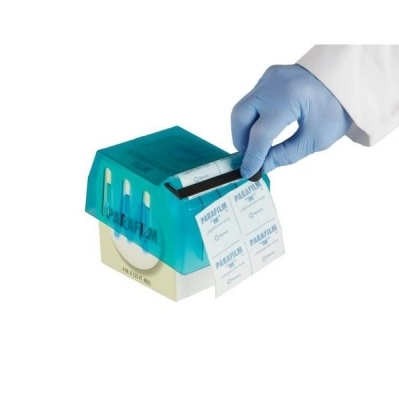
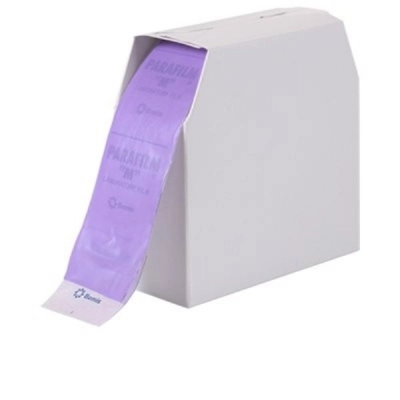
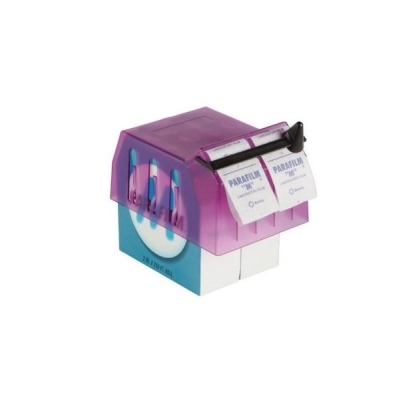
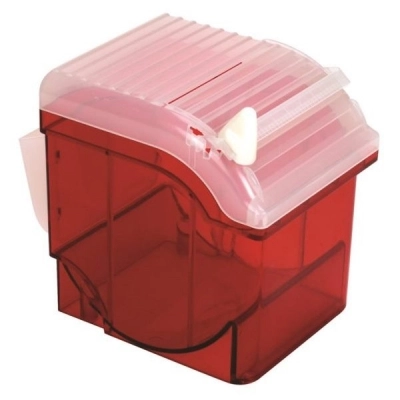
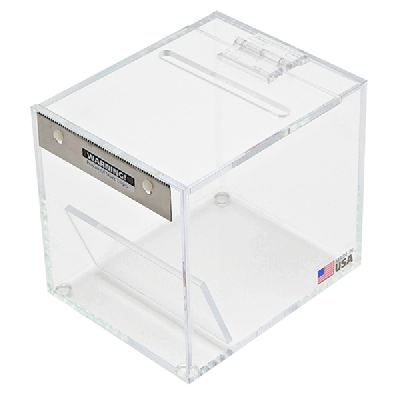
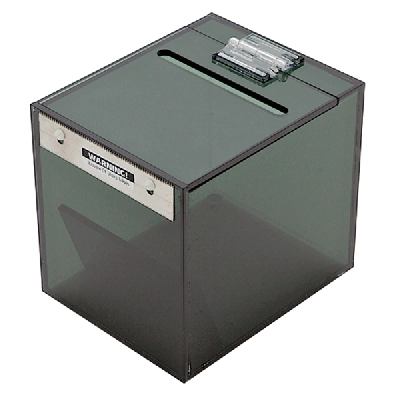
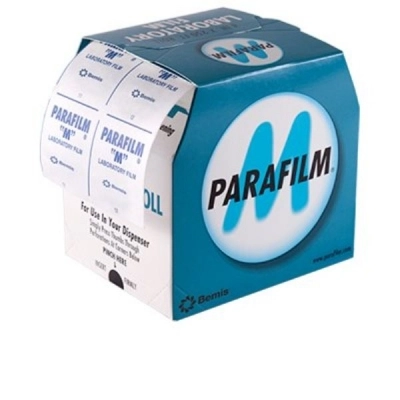
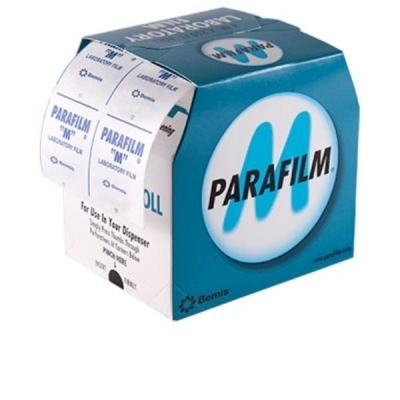
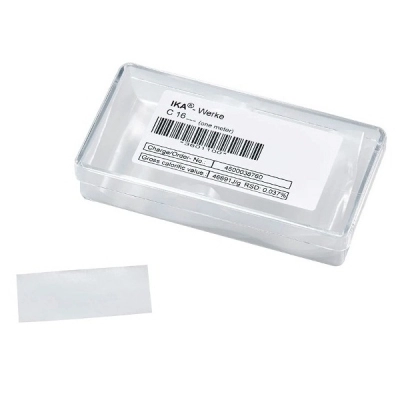
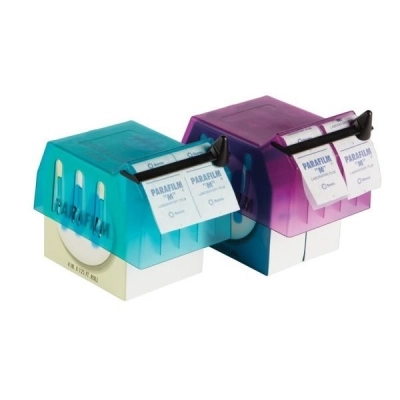
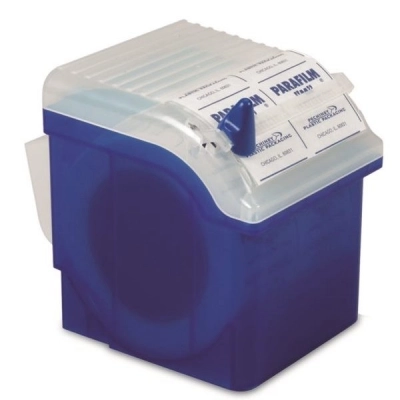
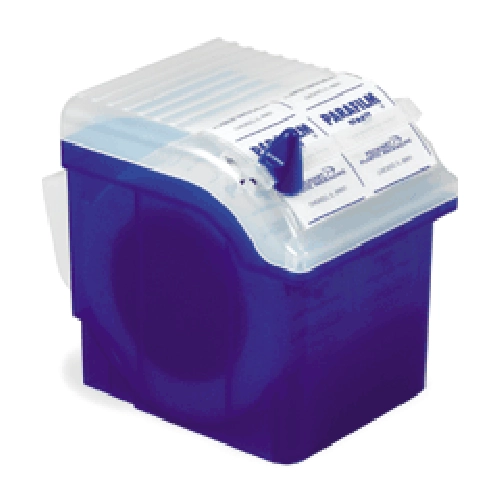
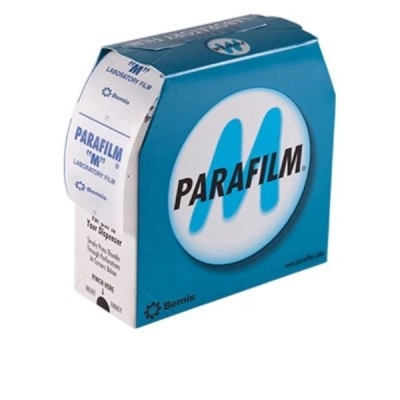
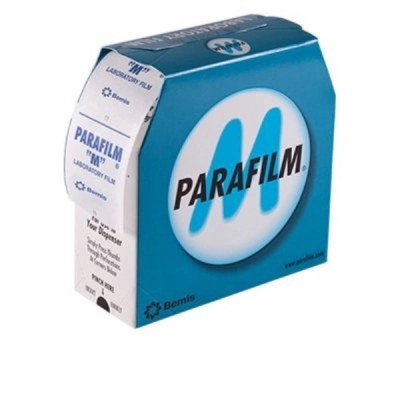
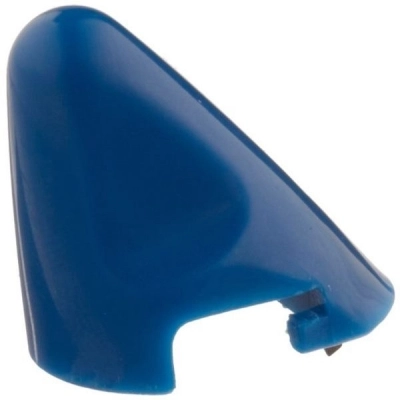
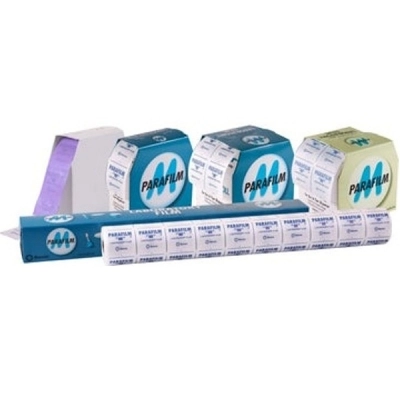
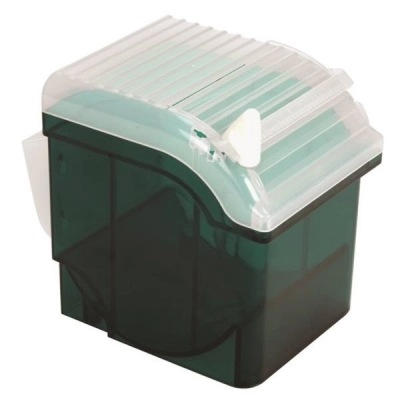
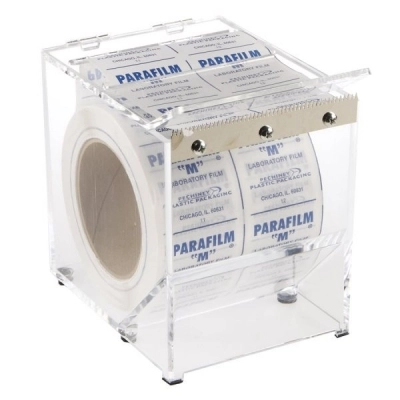
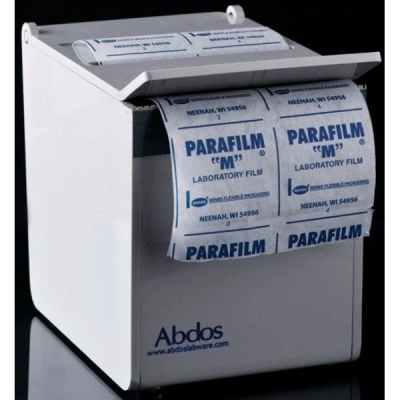
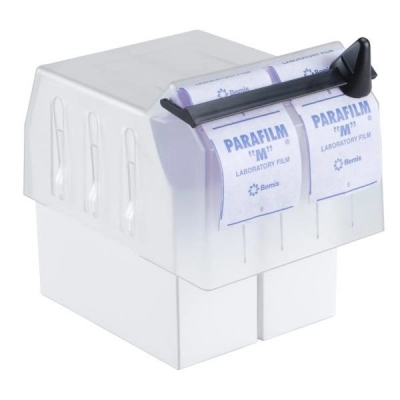
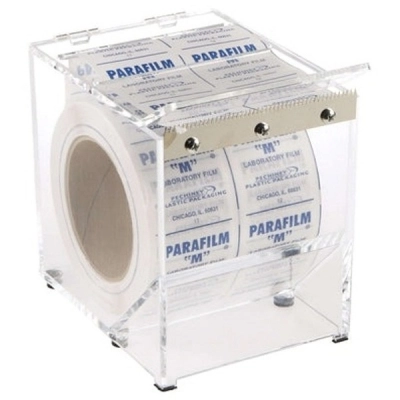
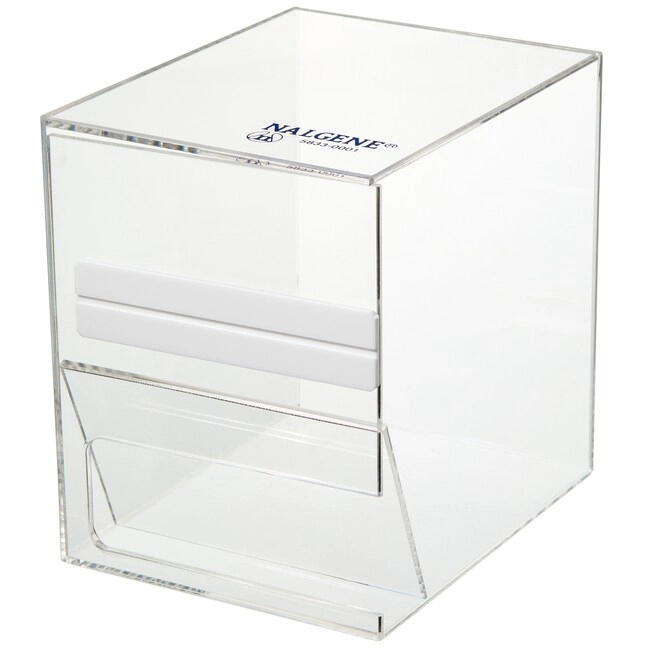
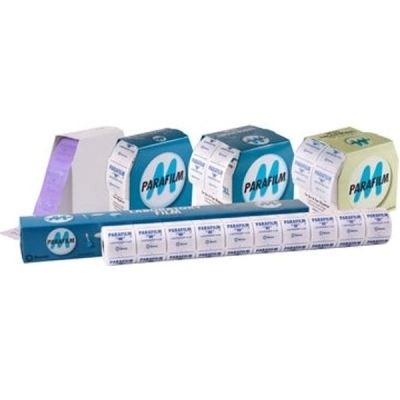
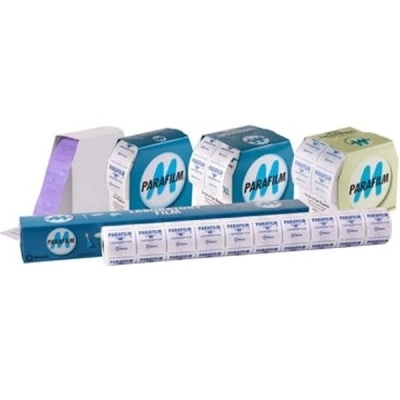
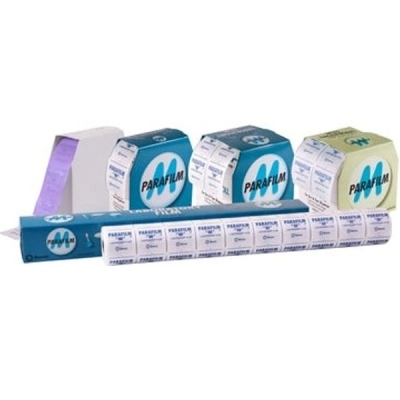
Become a member and enjoy exclusive benefits
Create an account now for exclusive benefits, personalized recommendations, and seamless order tracking. Elevate your lab experience today!